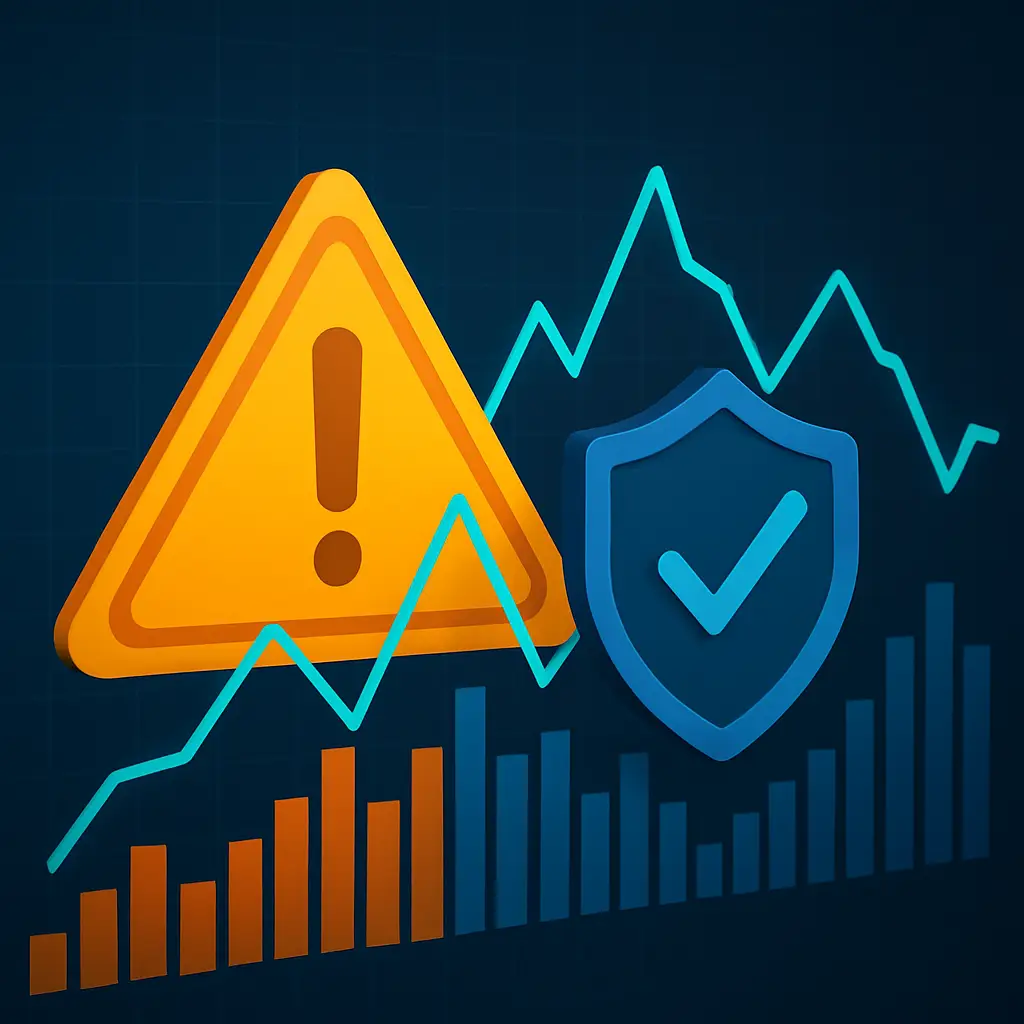
At its core, cryptocurrency trading involves buying and selling digital assets like Bitcoin (BTC) and Ethereum (ETH) with the goal of making a profit. Unlike traditional markets, crypto markets operate 24/7, offering continuous trading opportunities.
Market Orders vs. Limit Orders:
Market Order: Executes immediately at the current market price.
Limit Order: Sets a specific price at which you’re willing to buy or sell.
Trading Pairs:
Denoted as BTC/USD or ETH/BTC, indicating the exchange rate between two currencies.
Volatility:
Crypto markets are known for their price fluctuations, presenting both risks and opportunities.
Choose a Reliable Exchange:
Select a platform with robust security measures, user-friendly interface, and a wide range of supported cryptocurrencies.
Create and Verify Your Account:
Provide necessary identification documents to comply with Know Your Customer (KYC) regulations.
Secure Your Funds:
Utilize hardware wallets or secure software wallets to store your cryptocurrencies safely.
Deposit Funds:
Transfer fiat currency or other cryptocurrencies into your exchange account to begin trading.
Start Trading:
Begin with small amounts, using market or limit orders to buy or sell cryptocurrencies.
Diversify Your Portfolio:
Avoid putting all your funds into a single cryptocurrency.
Set Stop-Loss Orders:
Automatically sell a cryptocurrency when it reaches a certain price to minimize losses.
Stay Informed:
Keep up with market news and trends to make informed trading decisions.
Emotional Trading:
Making decisions based on fear or greed can lead to significant losses.
Ignoring Fees:
Be aware of transaction fees, which can accumulate over time and impact profits.
Lack of Research:
Always research a cryptocurrency before investing, understanding its use case and market potential.
Embarking on cryptocurrency trading requires a solid understanding of market dynamics, risk management, and continuous learning. By starting with small investments, staying informed, and practicing disciplined trading strategies, you can navigate the crypto market more effectively.




